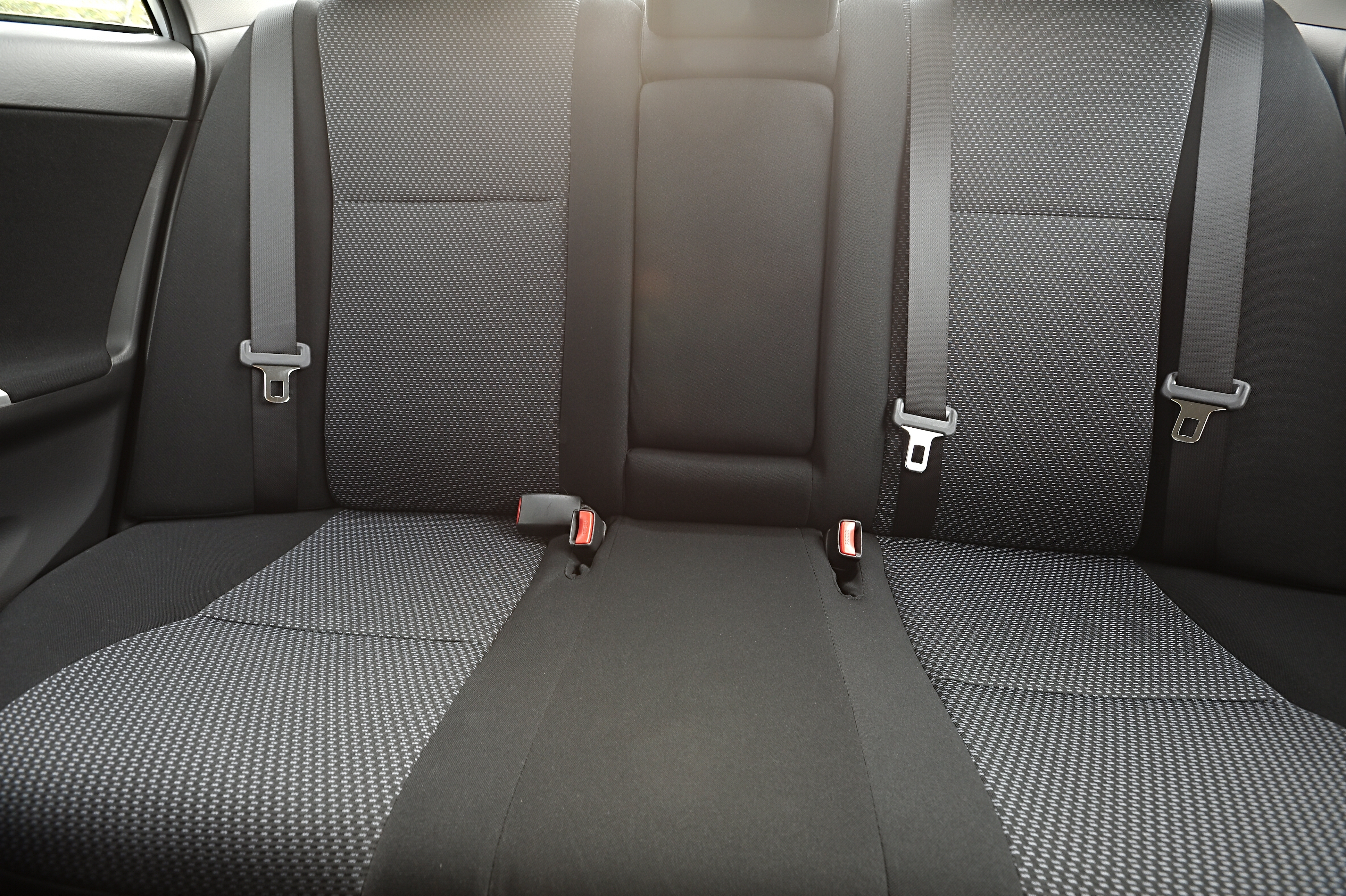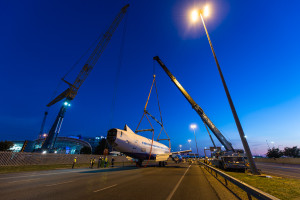Nazir Alli
Everybody agrees – roads are vital. However, building and maintaining them require funding. At this point, disagreement starts. Must they be funded by those using them, or by everyone whether they use them or not? Is the best funding model the fuel levy, tolls, concessions, or treasury allocations?
There should be agreement that the fuel levy is not an option, especially in the context of pushing back the frontiers of inequality, although that’s what the general populists and dissenters keep punting. That leaves us with three options on the table.
First, some background. What is being funded? And how much is needed?
At some 750 000 km, South Africa has the tenth longest road network in the world. The 158 000 km of the network that is surfaced, 38% is considered to be in good condition, 36% in fair condition and 26% in poor condition. For the remaining 592 000 km of the network that is gravel, only eight percent is considered to be in good condition, 25% in fair condition and 67 % in poor condition.
These roads are controlled by national, provincial and municipal entities. The national routes fall under the Department of Transport through the South African National Roads Agency SOC Ltd (SANRAL). They make up just under 2, 85% (21 403 km) of the total of 750 000 km, and 13, 55% of the 158 000 km surfaced network. These are the identified strategic and primary routes on which the economy relies for growth and job creation.
It is expected that in the coming years SANRAL’s writ will reach 35 000 km.
Which brings us back to the question: how should this be funded? But look first at what is needed. To maintain the condition of our road network according to international norms, which allows for maximum 10% of a country’s network to be in poor condition at any one time, requires an estimated budget of R58 billion a year. Besides this annual requirement from all levels of government to maintain the roads they control, R197 billion is needed to catch up with the maintenance backlog (roads in poor condition referred to above) and improve all roads to an acceptable condition. In this respect, the national roads agency needs R20 billion.
Then there is the capacity-related backlog in and around our major metropolitan areas. These are the roads that are reaching their maximum capacity during peak hour, resulting in increased congestion which in turn contributes to driver frustration, decreased safety on the roads and negative economic consequences. To alleviate congestion, additional lanes or new roads need to be constructed. For this the national road agency needs further R120 billion.
These are massive sums of money and if one takes into account that currently some 87% of all goods and services in the country move by road, it is really important to keep road traffic moving. In the light of the needs elsewhere in the economy, it is unlikely that funding at that level will be forthcoming.
More context: of the 21 403 km under SANRAL’s jurisdiction, only 3 120 km are tolled. This year the treasury allocated R11, 9 billion to improve and maintain the remaining non-toll roads, which is being spent as follows: R4, 4 billion on maintenance and R7, 5 billion to strengthen, improve and provide new facilities on this network.
The fact is that the percentage growth in the length of roads that SANRAL has to manage is not matched by an equal percentage allocation increase from the treasury – which means the agency must be innovative, smart and very prudent with allocated funds.
If one looks at the quality of the SANRAL roads, with only 11% in poor condition, it is meeting its mandate.
Of the toll roads, the agency manages 1 832 km – which includes the inner Gauteng highways. The remaining 1 288 km are managed, developed and maintained by three private concessions on behalf of SANRAL.
It must be noted that all the road assets remain in the hands of the national roads agency, and those managed by concessionaires have to be returned in the specified condition at the end of the concession period.
So any talk of even partial privatisation is just hot air.
SANRAL also issues bonds to raise money from institutional investors on capital markets. The monies raised are used exclusively to invest in its toll roads portfolio. There was a temporary setback in this respect when the implementation of e-tolling was at first delayed, but at present investors are reacting positively to the agency’s bond issues.
Which then leaves the fuel levy, which currently is R2, 24 per litre of petrol and R2, 09 per litre of diesel, and generating an estimated R43, 7 billion rand of income for 2013/14 after rebates.
The allocation from treasury for the current year is as follows:
• National (SANRAL) – R11, 9 billion.
• Provinces – R9, 7 billion.
• Metros and Municipalities – R17, 7 billion.
• Public Transport Subsidies – R5, 7 billion.
This aggregate of about R45 billion is allocated by national treasury for transport-related expenditure, actually exceeding the income from the fuel levy. Important to remember is that since 1988 the fuel levy is channelled into the national tax pool, from where all government expenses are defrayed – it is not ring-fenced for transport-related expenditure only. This provides national treasury with more flexibility in addressing changing needs within our country.
But why not change the appropriate law and ring-fence the fuel levy for roads only?
There are many reasons why this will not and should not happen. Keeping in mind the large sums of money required for road construction and maintenance mentioned above, it is obvious that the levy would have to rise between R1, 35 and R2, 80 a litre, depending on time frames in which current backlogs should be addressed –and go up every year, in line with the consumer price index (CPI) thereafter to compensate for cost increases and the anticipated decrease in the consumption of fuel used by newer vehicles.
That will hit the poor really hard, given the long distances people have to travel to get to work, in Gauteng nearly 64% of commuters rely on mini-bus taxis – the preferred mode of the poor – which currently receives no transport subsidy, yet is exempt from e-tolling. Increasing the fuel levy may result in increasing pressure from the taxi industry for a transport subsidy.
An important toll principle is that those who use a road should directly pay for it – the direct user-pay principle. In simple terms, if you live in Springbok, you will not pay for the road between Johannesburg and Pretoria if it is a toll road.
Also, a cost-benefit study has shown that those in the higher income brackets will be paying some 94% of the passenger vehicle toll, that is, those who can afford it.
We need to understand that the e-tolling system enables different tariffs to the charged for time of day and day of week, providing a mechanism to reduce demand during peak hours and thus for costly capacity upgrades – something that is not possible with the fuel levy.
Going the fuel levy route or waiting for the treasury to find the considerable sums needed, has a very simple and too often over-looked consequence – it would be virtually impossible to deliver large infrastructure projects in short time periods when they are needed – due to a very high fuel levy that will be required to achieve this. It also encourages people not to use public transport.
Tolling makes it possible to raise loans immediately, complete the work in short time period and pay over time – and those who use the road in the future help to pay the debt. With the fuel levy the current generation needs to pay in full for infrastructure that has a 20- or 30-year life expectancy, which may result in less infrastructure than needed.
Trying to find another way to fund the needs to keep our national roads at the current standard, is difficult. The route we have taken is a practical one in response to current realities, although it does mean that under-funding is a constant. Should the fuel levy become the only funding model, we may be facing the risk of diverting funding from other much-needed services, such as education or health. We believe this would be devastating to our national development goals.
Nazir Alli is the Chief Executive Officer of SANRAL.






